Read next
The latest news, updates and expert views for ambitious, high-achieving and purpose-driven homeowners and property entrepreneurs.

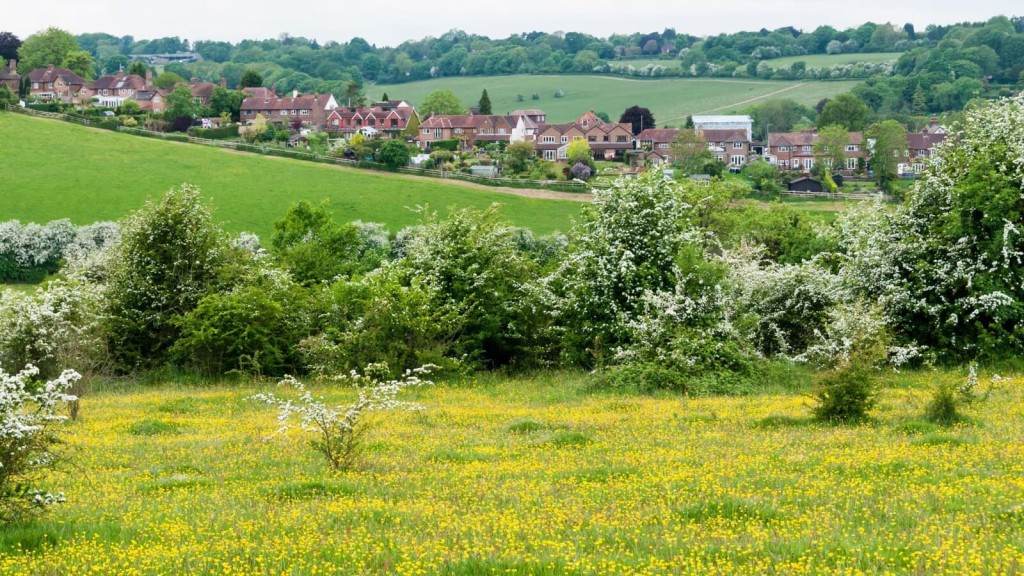
Getting planning permission to build on the Green Belt may be tricky - but it’s certainly not impossible.
Yes, you read that correctly.
Building on England’s Green Belt, in the right circumstances, can be achieved.
But, why would you want to build in the Green Belt? Isn’t it an important policy designed to protect the environment?
Though we understand where you got this idea, the fundamental purpose of the Green Belt isn’t actually environmental preservation - it’s to prevent urban sprawl.
Did you know:
As these stats indicate, the reality of the Green Belt doesn’t quite meet the image many Brits have in their minds of rolling plains of green that should be protected at all costs.
Rather, much of it is inaccessible land that’s locked off for farming and golfing, and many pockets - as Labour leader Keir Starmer recently put it - are far more grey than green.
With this in mind, we believe it’s time to concede that the Green Belt is a policy holding England back rather than driving us forward, most seriously of course, in relation to the country’s crippling housing crisis.
Through this article, we’ll be discussing why it’s crucial we rejigger this policy so that land of genuine environmental value is preserved, while parcels with little ecological worth are opened up for the housing development England so urgently needs.
We’ll also debunk some lasting Green Belt myths, examine both the Tories’ and Labour’s disparate perspectives on the policy, and we’ll discuss the current Green Belt exceptions and special circumstances that might help you get your Green Belt build over the line.
There’s certainly a lot to get to, so let’s jump right in.
Green Belt land refers to the designated zones around major towns, cities and settlements that have the fundamental purpose of preventing urban sprawl and retaining the openness of the countryside.
Though it’s widely thought to be an environmental policy, the Green Belt actually exists to serve five key purposes, as outlined in the National Planning Policy Framework (NPPF):
For some added context, Green Belt designated land covers roughly 12.6% (1,638,420 hectares) of the land area of England, which you can see highlighted on our handy 2024 Green Belt map.
According to the most recent statistics from the Department for Levelling Up, Housing & Communities, the South East of England has the largest share of Green Belt land at 305,280 hectares, making up 16% of its total area, followed by the West Midlands with 264,510 hectares, or 20.3%. In contrast, South West England and the East Midlands have the smallest proportions of Green Belt land at 4.5% and 4.9% respectively, totalling 107,970 hectares and 77,410 hectares.
Take a moment to consider this: it’s a policy with a history dating back to 1580 when Elizabeth I first established a three-mile ring around London to prohibit building on land that had not been previously developed. Though it’s seen many iterations, the most recent policy was established almost 80 years ago as part of the Town and Country Planning Act 1947.
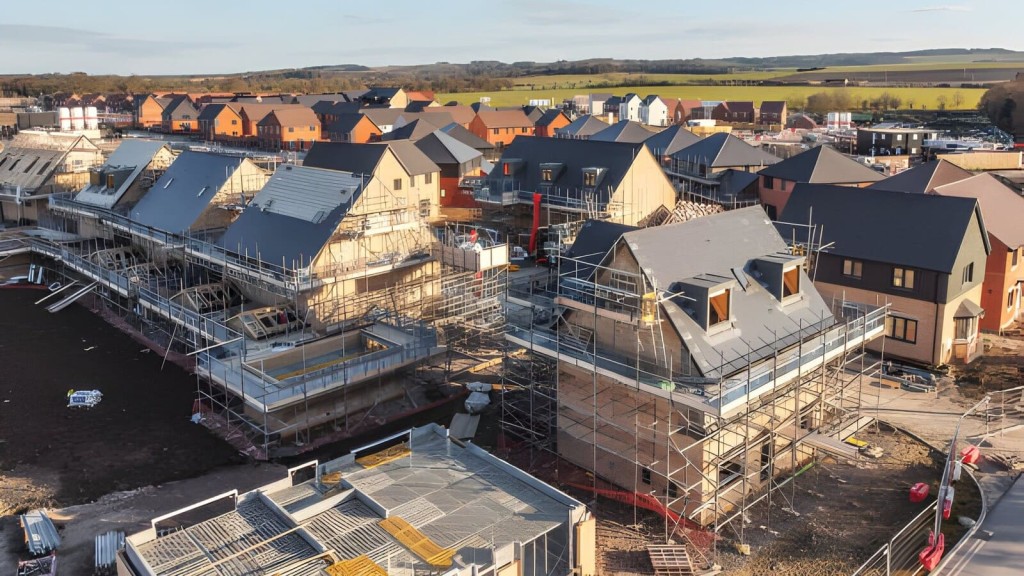
Though usually disallowed, there are many compelling reasons we should be rethinking our approach to the Green Belt.
While we’re by no means endorsing ripping up areas of genuine natural value and replacing them with skyscrapers, as we touched on in the intro, the Green Belt is vastly misunderstood and in our opinion, is holding England back.
In light of this, let’s take a look at a few of the reasons why we should abandon our preconceived ideas about the Green Belt and accept that building on parts of the Belt is socially progressive and pragmatic, rather than anti-environmental and destructive.
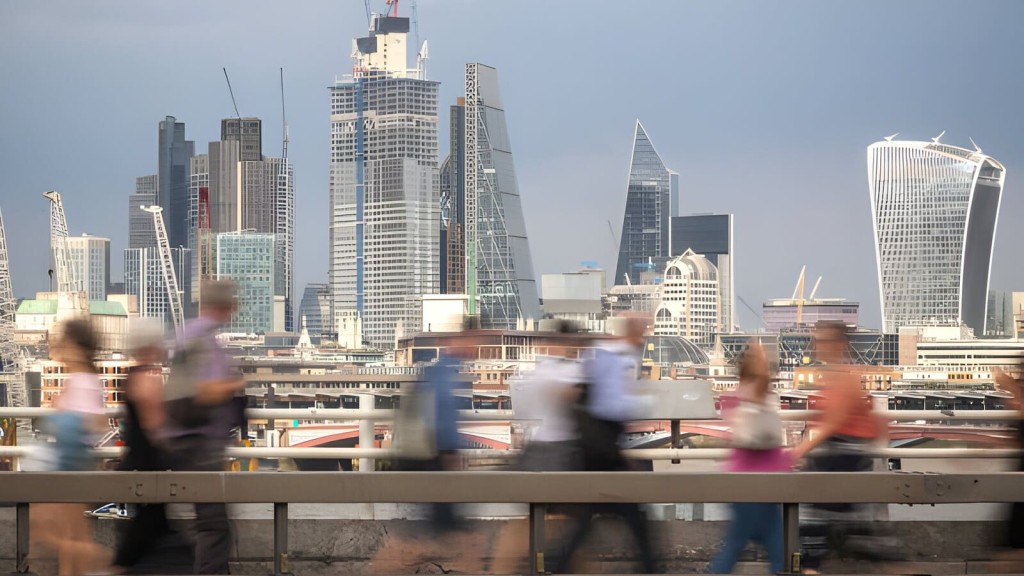
It’s no secret that England is in the midst of a devastating housing crisis and there are many factors contributing to this situation:
Of course, another critical piece of the puzzle is a lack of available land for development.
In fact, research shows that opening up as little as 2% of Green Belt land for development could help deliver between 1.7 and 2.1 million new homes, which would go a long way to providing the affordable housing England so desperately needs.
Experts caution that an entire generation could find home ownership unattainable owing to a shortage exceeding 4 million homes. Amidst this pressing crisis sits the Green Belt, a significant but contentious restriction on building in many of the areas where housing is most needed. By reassessing the use of the Green Belt, we could unlock a vital key to meeting the growing demand for housing.
The Centre for London’s 2023 report ‘Homes fit for Londoners: Solving London’s housing crisis’ support this idea too:
“Unlocking a small fraction of poor-quality land in the Green Belt surrounding public transport stations could allow for hundreds of thousands of high-quality homes to be built. The Green Belt contains many areas of low ecological quality, the loss of which would not necessarily harm our climate goals or people’s access to high-quality natural spaces. But any change needs to be managed to ensure that new development meets London’s housing needs while making rational use of the space.”
The choice of language in the last sentence is particularly pertinent; currently, the use of the Green Belt is irrational, and while we aren’t calling for the policy to be completely abolished, reasonable amendments are required to help improve England’s housing supply.
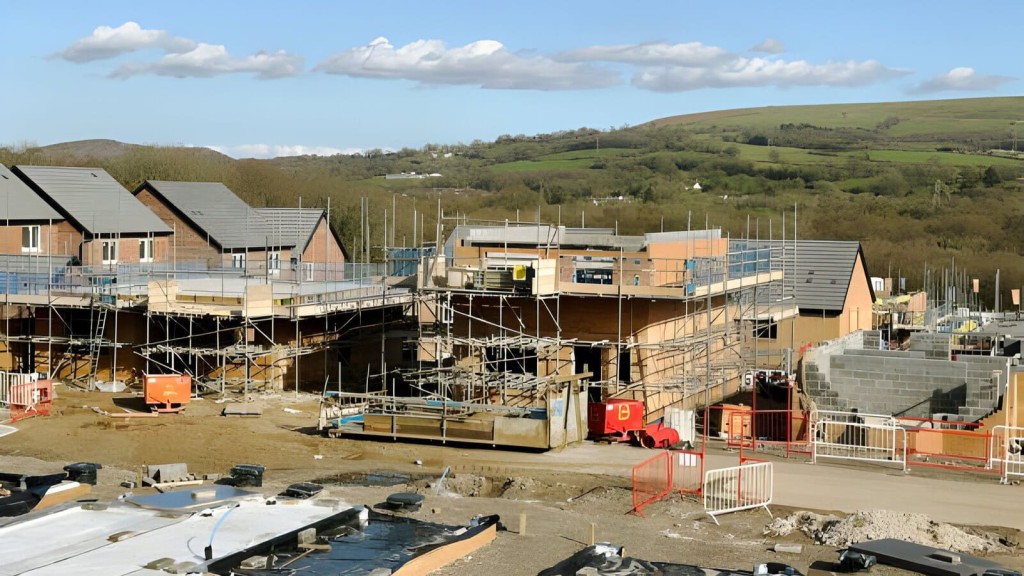
Put simply, ‘brownfield’ is land that has been previously developed and since 1995, has been prioritised over ‘greenfield’ land (land that has never been built upon) by planning policy.
The preference for building on brownfield land is tied to the assumption that because it’s been built on before, it now holds little to no biodiversity and should therefore be made use of - this isn’t always true however and many brownfield sites actually offer vast amounts of biodiversity.
Even in the cases where it is true, the facts of the housing crisis and its profoundly unequal social impacts demonstrate that brownfield development has long been an insufficient route to meeting the country’s ambitious housing targets.
This is because focusing primarily on brownfield development involves substantial remediation and infrastructure costs, which can slow progress. Additionally, in regions like the Midlands, where "brownfield first" strategies have been extensively implemented, the most suitable sites are already developed, making further pushes less impactful in resolving the housing crisis.
But here’s the kicker: it has been mathematically proven that there is simply not enough brownfield land appropriate for development to continue to meet the rising demand for housing in the UK.
Though touted as the superior alternative to building on the Green Belt, the reality is that London does not have vast swathes of vacant brownfield waiting to be redeveloped and therefore, it cannot be the answer to solving England’s immense housing problem.
Almost all of the city’s brownfield land is either already in use or part of plans for new housing. Plus, there is practically no significant “derelict” land in London, and about two-thirds of that already has housing on it. To build new housing would require the removal of existing structures – a slow, difficult, and expensive process.
In its defence of the Green Belt, Natural England writes that, in the face of ever-increasing land pressures, it is vital to safeguard such uses as “recreation and attractive landscapes.” But when considering the human stakes of the housing crisis and the populations left most defenceless by it, it is difficult for such aims to not come across as tone-deaf. Plus, as discussed, these recreational and aesthetic values are an overstated fallacy of much of the existing Green Belt.
Outside of brownfield sites, there is an abundance of land with low landscape value or importance in the Green Belt and, as mentioned, developing even a small 2% proportion of the Green Belt could make a significant difference to housing supply in England.
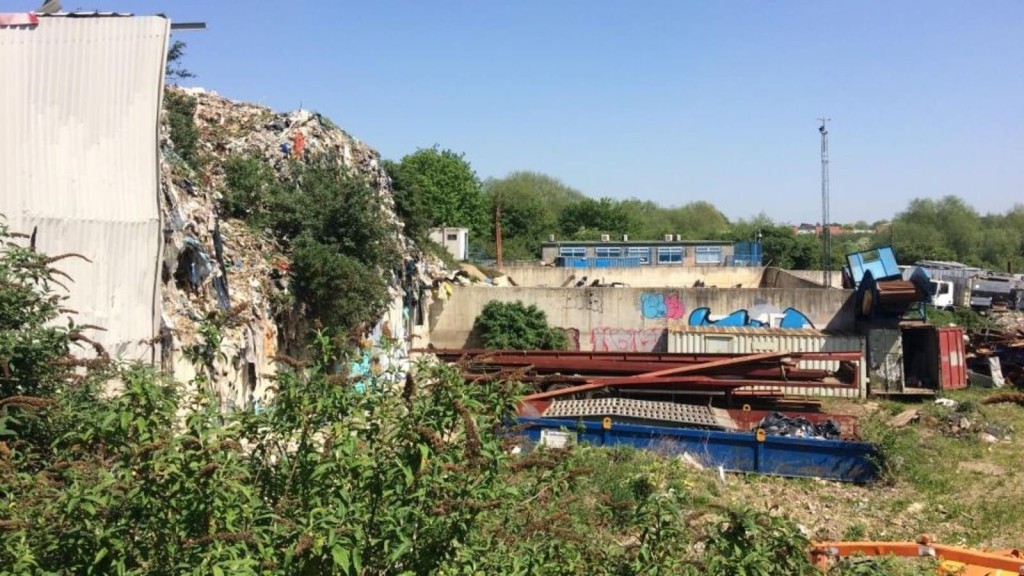
There is a common misconception that the Green Belt consists solely of lush open parklands and rolling hills and though the myth of its ecological beauty persists, there’s nothing particularly green about the Green Belt.
When you draw a ring around a town or city and put everything within that ring under a blanket designation, it means that land is flagged because of where it is, not because of what it is. Geographic location alone makes land part of the Green Belt, not scientific value or environmental quality.
Though most people (ourselves included) would agree we should protect the environment and our nation’s precious areas of natural beauty, land in the Green Belt doesn’t fall into this camp and it’s important to once again reiterate that it isn’t allocated because of its aesthetic or ecological quality, but for its location and to prevent urban sprawl.
This surprises a lot of people.
Importantly, parts of England that are truly deserving of environmental protection are already covered by designations like Areas of Outstanding Natural Beauty (AONB) and Sites of Special Scientific Interest (SSSIs), which promote public access to preserved environmental assets.
So, for anyone unconvinced that developing parts of the Green Belt will mean destroying England’s natural beauty, you can rest assured careful protections are already in place.
Ultimately, too many of us conflate the idea of the Green Belt with images of breathtaking green countryside, which, of course, can largely be credited to its evocative title. But, imagine if the Green Belt was more fittingly renamed the ‘urban sprawl containment policy’ - suddenly the imagery is far less vivid.
The Green Belt policy has been contentious since its inception, with neither Conservative nor Labour governments willing to outwardly support development on Green Belt land due to inevitable voter backlash.
Understandably, no government wants to be seen as anti-environmental and though that’s not what building on the Green Belt would mean, it is what many Brits assume. This again speaks to the nation’s general misunderstanding of the policy’s fundamental purpose - say it with us now - to prevent urban sprawl and retain the openness of the countryside.
While this is a very basic overview of the past political perspectives of the Green Belt, we’re now going to dive a little deeper into each Party’s more recent views - particularly in light of Keir Starmer’s October 2023 speech emphasising the need to build on “grey” pockets of the Green Belt.
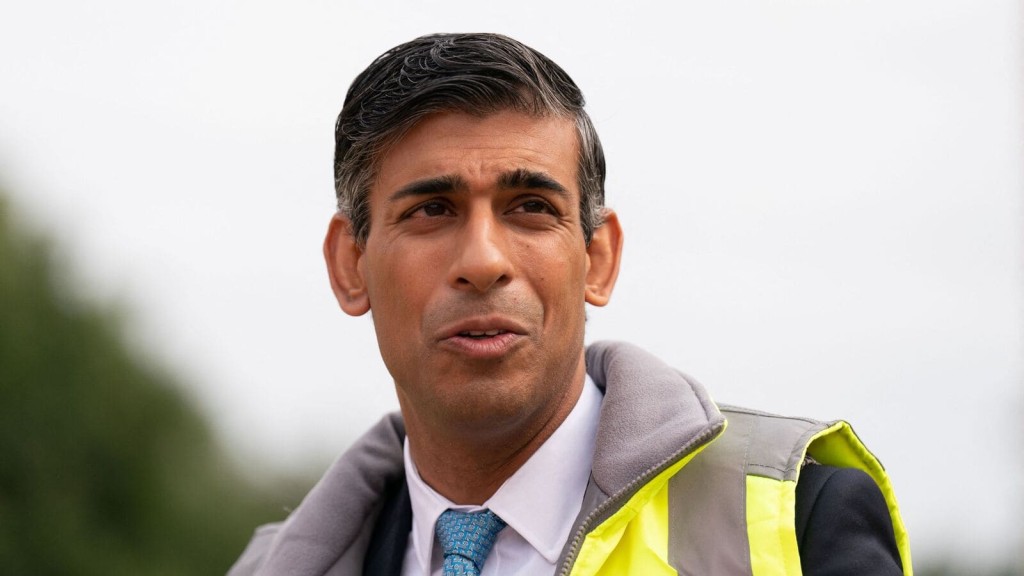
Generally, the Government’s position on Green Belt development is one of extreme caution to avoid controversy. Their objective is primarily to protect Green Belts at all costs and to encourage developers to build on brownfield (and non-Green Belt) countryside.
Though the party has typically been anti-Green Belt development, there have been some occasions where Conservative Party players have been vocal about the pressing need to free up Green Belt land; most notably, our former - and fleeting - Prime Minister Liz Truss.
Before she was PM, Liz Truss was Chief Secretary to the Treasury and it was in this role that she urged the Government to make strides toward solving the housing crisis by building one million homes on the Green Belt.
In a 2019 interview, Truss claimed “we need to build a million homes on the London Green Belt near railway stations, and around other growing cities, specifically to allow the under 40s to be able to own their homes. We should allow villages to expand by four or five houses a year without having to go through the planning system, so people can afford to live locally.”
Her ambitious wishes did not come true and as we know, only a few short years after this assertion, Truss would go on to become the Prime Minister, only to be swiftly tossed out and replaced with Rishi Sunak, a firmly pro-Green Belt figure.
So, where is the Conservative Party at in 2024? Let’s take a quick look.
As just mentioned, Rishi Sunak’s Conservative Party is firmly against development on the Green Belt.
Housing supply will be one of the top issues raised in the looming federal election, so it’s interesting the Tories haven’t yet suggested tweaking Green Belt policy to better facilitate homebuilding across the country. But, given its contentious reputation and their historical position, I’m also not overly surprised.
Following Labour leader Keir Starmer’s calls to build in the Green Belt in May 2023, Rishi Sunak doubled down on the Conservative’s usual stance of being anti-development in the Green Belt and said: “On the Green Belt, I was very clear over the summer what I was going to do, which was to move away from a system of nationally imposed top-down housing targets on local areas… I wanted to make sure our green spaces are protected.”
Whether or not this stance will earn the Tories more or less support in the coming election is anyone’s guess, but in my opinion, not adjusting the Green Belt policy to bring it up to speed with modern times as opposed to the 1940s context it was created in seems curious.
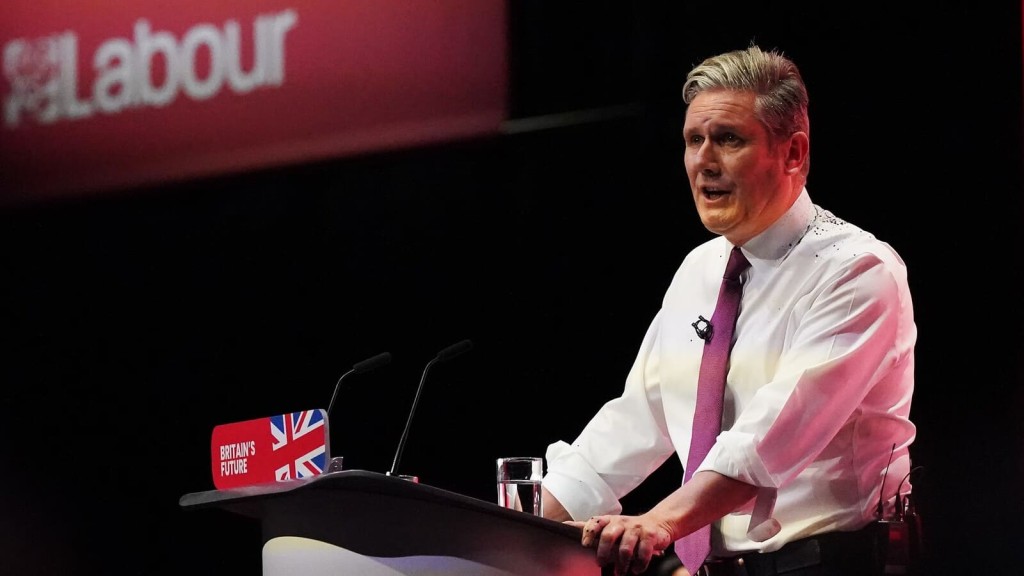
While Labour has historically held a similar position to the Conservatives when it comes to preserving the Green Belt, current Labour leader Keir Starmer is adamant his government, if elected, will “get Britain building again.”
Here’s what Starmer said in his address back in October 2023 regarding development in the Green Belt:
“Labour is the party that protects our green spaces. No party fights harder for our environment. We created the national parks. Created the Green Belt in the first place… But where there are clearly ridiculous uses of it, disused car parks, dreary wasteland; not a green belt, a grey belt. Sometimes within a city’s boundary. Then this cannot be justified as a reason to hold our future back. We will take this fight on. That’s a Britain built to last.”
The Labour Party's housing spokesman has stated that Labour would take "decisive and early" action to overturn recent amendments to the National Planning Policy Framework (NPPF). Furthermore, the party plans to enforce "mandatory targets that bite on individual local planning authorities" along with introducing an "effective mechanism for cross-boundary strategic planning."
We discussed Starmer’s homebuilding plan at length in a recent blog post, so we’d strongly recommend a read if you’re curious to learn more.
Another notable Labour politician who has been in support of a more sensible use of the Green Belt for a number of years is Siobhain McDonagh, MP for Mitcham and Morden, who in 2018 introduced a motion entitled ‘Housing and London’s Green Belt’ expressing the intense need for London housing.
While recognising the value of protecting certain portions of Green Belts, she urged the chamber to acknowledge “the important opportunity that this land offers with space for over one million new homes.” She added: “There should be a presumption in favour of house building on this land.”
On a related note, in an article published in May 2018, MP McDonagh criticised the lame-duck government for producing “a never-ending flow of reports, discussions, words and promises” without ever actually doing anything.
She pointed out that Theresa May and her ministers had failed to reach the intended goal of 300,000 new houses per year, despite the fact that a mere 10 minutes from Tottenham Hale Station there exists a barren concrete wasteland bearing the unfortunate title of Green Belt land. She questioned why we shouldn't build new houses in wasteland environments, and strongly recommended building in areas that are green by name rather than by nature.
More recently in April 2024, Labour published a campaign document which details key insights as to their plans, including a commitment to building 1.5 million new homes over the next parliament and delivering the “biggest boost of social and affordable housebuilding in a generation.” The party will release a final manifesto when the campaign is in full swing closer to the election.
Ultimately, should Labour be elected, it’s likely we will see a far more pragmatic use of the Green Belt, which should go a long way to helping mend the housing crisis currently letting Britain down.
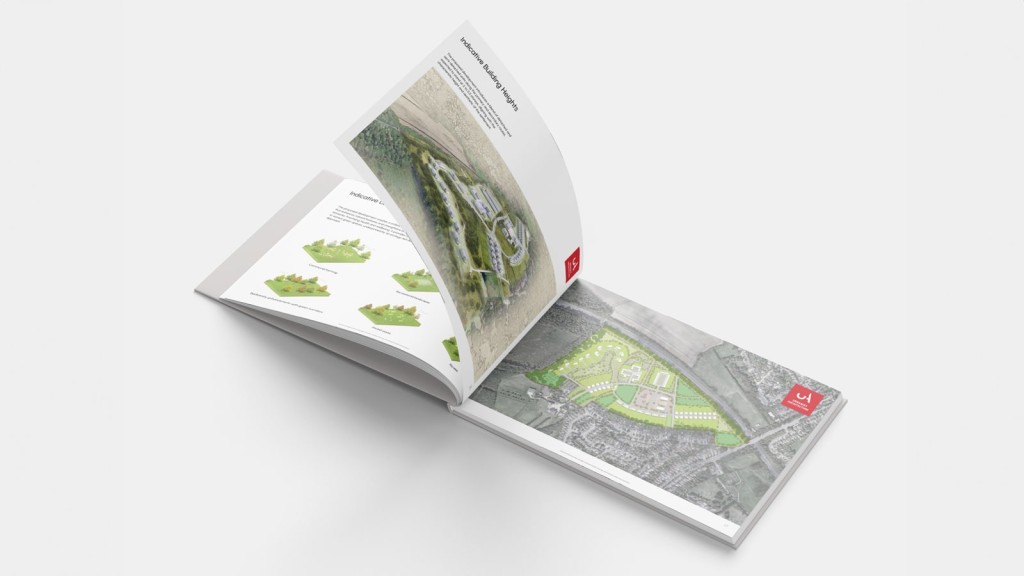
While it’s difficult, if you have a great team on your side and the circumstances are right, gaining planning permission for a project in the Green Belt can be possible.
Paragraph 152 of the National Planning Policy Framework states that “inappropriate development is, by definition, harmful to the Green Belt and should not be approved except in very special circumstances."
Let's take a closer look.
Generally speaking, building in the Green Belt won’t be given permission unless there are very special circumstances at play that outweigh the harm to the Green Belt.
There’s no defined list of what exactly these circumstances look like, but below we’ve included a few of the instances that have been considered to be special circumstances in the past.
As well as these very special circumstances, there are also a number of Green Belt exceptions that allow for building to go ahead.
While these exceptions and circumstances aren’t a guarantee to gaining planning permission on Green Belt land, they are your best bet, and if carefully argued with an experienced team, securing Green Belt planning permission is possible.
Green Belt projects are a specialist area of architecture and planning. The challenges are hugely different from, for instance, designing for a tight urban plot in inner London.
Therefore, in order to have a decent chance of succeeding, you need a team who not only can design the exceptional buildings required but can also understand the mindset of the planning authorities who oversee Green Belt land.
Ideally, you need two consultants to help you: an expert in Green Belt planning permission and a chartered architect specialising in Green Belts to ensure that your development is feasible, as each project is assessed on its own merits.
Below is a selection of decision notices for planning applications that have been approved within the Green Belt:
It’s crucial to emphasise that every project is unique, each with its own set of challenges and opportunities.
What does this all mean for you?
To navigate the complexities of Green Belt development, your professional team must meticulously assess your site against the nationally set Green Belt exceptions that allow construction in areas where it would otherwise be discouraged.
Should your project not naturally align with these exceptions, your team must then consider whether it is feasible to present a compelling argument based on 'very special circumstances.' This approach requires not only a deep understanding of the regulations but also creative and strategic planning to enhance the likelihood of obtaining approval.
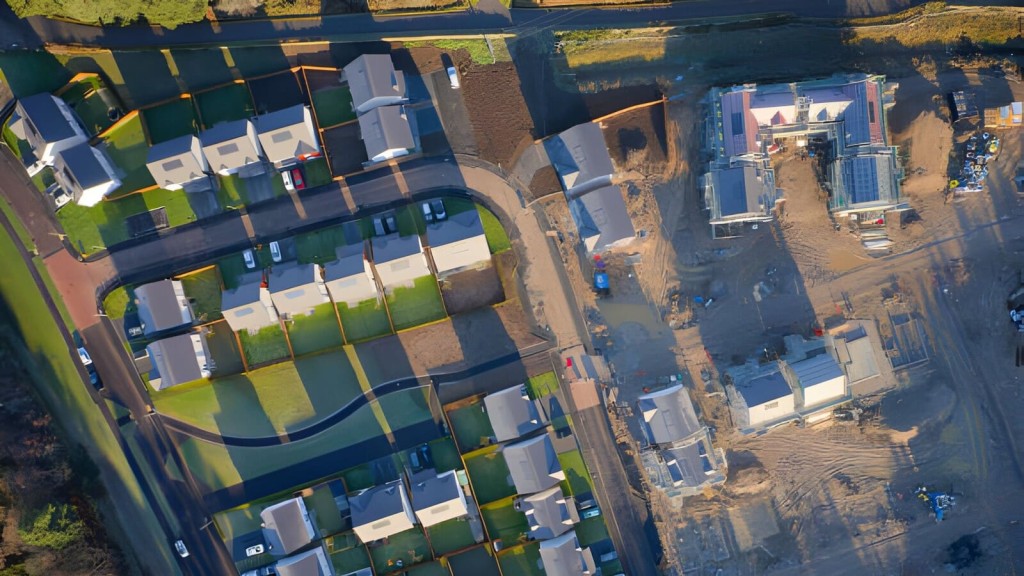
At the moment, the Green Belt policy enjoys substantial public support. However, through educational blogs like this one, we hope to enlighten more people about the benefits of modernising this policy. Such a change could greatly enhance the provision of both affordable and regular housing and help the country overcome the persistent housing crisis it has faced for years.
Should the Labour Party take the reins come the election, then we could see a very different England moving forward - not one that’s littered with skyscrapers and construction sites across the countryside - but one that sees millions of homes built for the people who so desperately need them.
The aforementioned Keir Starmer has expressed intentions to empower local authorities to make decisions on Green Belt land to meet housing needs. This policy aims to balance the need for new homes with the protection of rural areas but with a readiness to make difficult decisions where necessary. He has vowed to "back the builders not blockers" by building more homes on Green Belt land and bringing back housing targets.
Imagine this: you come across a promising looking Green Belt site and are advised by the estate agent that the chances for residential development are high. You’re confident that this project is going to yield a great profit and so you purchase the plot without doing any due diligence to avoid missing out on the opportunity.
Only once you’ve applied for planning permission do you realise that your development is completely unfeasible and that it doesn’t meet any very special circumstances or fit into one of the Green Belt exception categories that allow for development in the Green Belt. Now, you’re stuck with a property you can’t develop and that will likely be hard to sell on.
Of course, this all could have been avoided had you done your due diligence and followed the correct steps in the first instance.
A word of warning - be wary of estate agents who claim to provide indications of a plot's potential without a thorough assessment prepared by a qualified professional. The process of acquiring and developing land in the Green Belt is complex and requires careful consideration of numerous factors, many of which can only be uncovered through detailed assessments and feasibility studies.
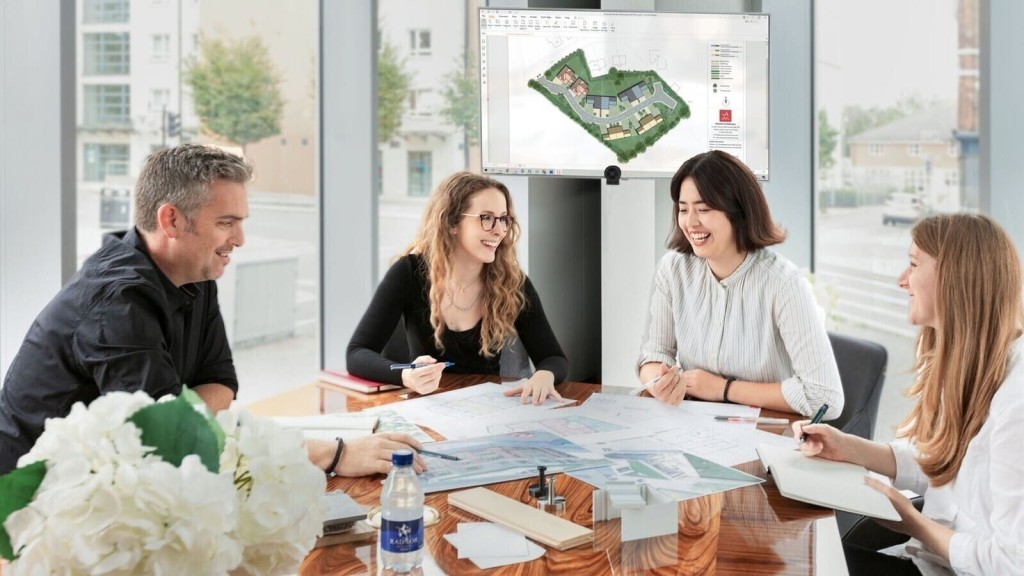
As we said at the very start of this article, while building on England’s Green Belt is difficult, it’s certainly not impossible. With the right planning strategy and circumstances, you may just get your project approved.
So, why work with us?
Our team of Green Belt architects and planning consultants is fast earning a reputation as one of the country’s leading planning and architecture firms - particularly when it comes to Green Belt planning permission - and we know how to produce results that meet the expectations of the council while exceeding those of our clients.
Our team has a high level of experience in the Green Belt and it’s this experience we’ve recently translated into a book that will be available for purchase in the coming months.
‘The Green Light to the Green Belt’ will focus on the history of the Green Belt, explore its many controversies and contradictions and importantly, take an even more in-depth look at how you can achieve planning permission in the Green Belt.
Keep an eye on our socials over the coming weeks for an announcement as to the launch!
In the meantime, please do get in touch if you’d like to discuss your project.

Urbanist Architecture’s founder and managing director, Ufuk Bahar takes personal charge of some of our larger projects, focusing particularly on Green Belt developments, new-build flats and housing and high-end full refurbishments.
We look forward to learning how we can help you. Simply fill in the form below and someone on our team will respond to you at the earliest opportunity.
The latest news, updates and expert views for ambitious, high-achieving and purpose-driven homeowners and property entrepreneurs.
The latest news, updates and expert views for ambitious, high-achieving and purpose-driven homeowners and property entrepreneurs.
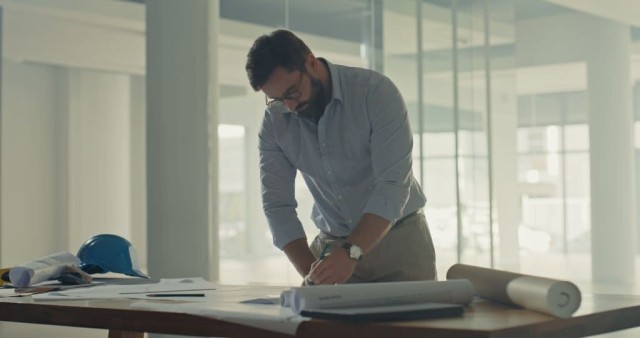
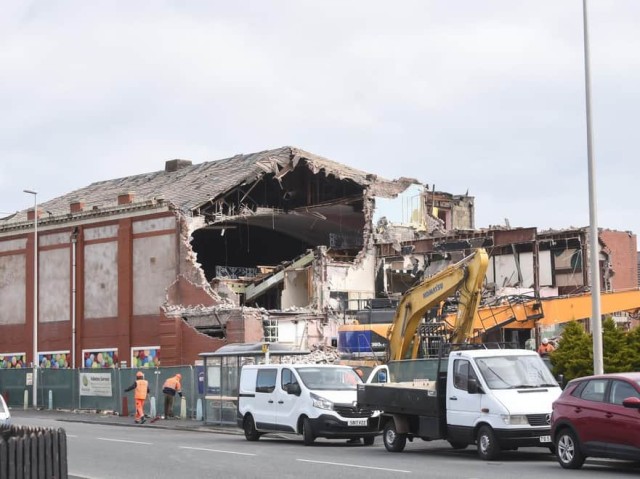

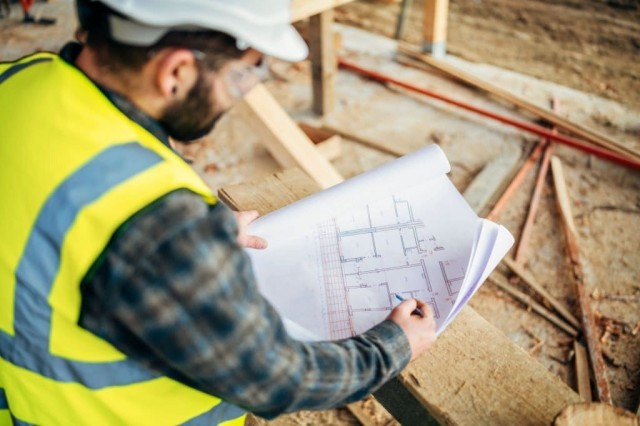
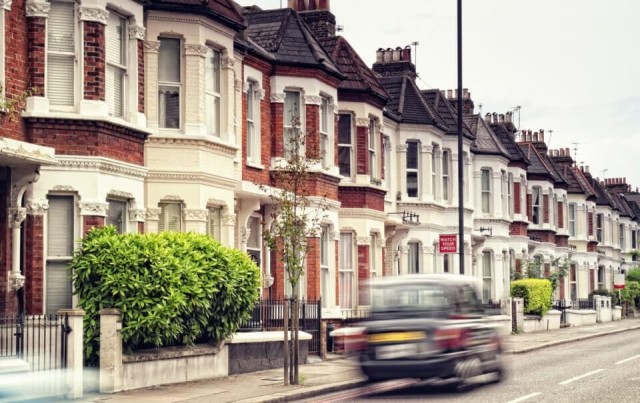

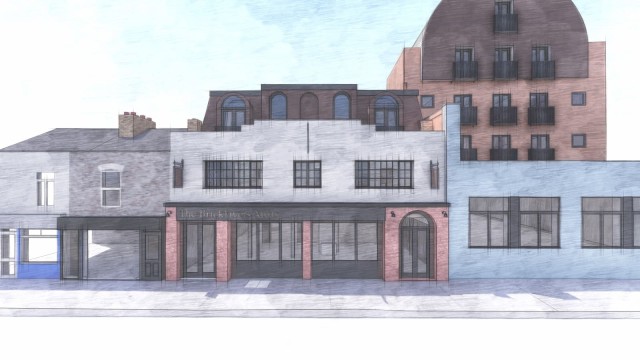


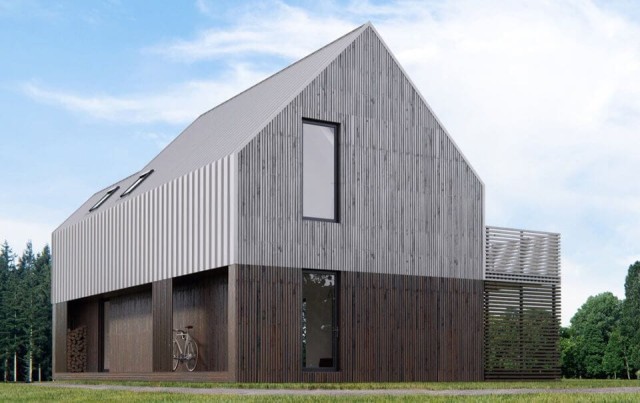
We specialise in crafting creative design and planning strategies to unlock the hidden potential of developments, secure planning permission and deliver imaginative projects on tricky sites
Write us a message